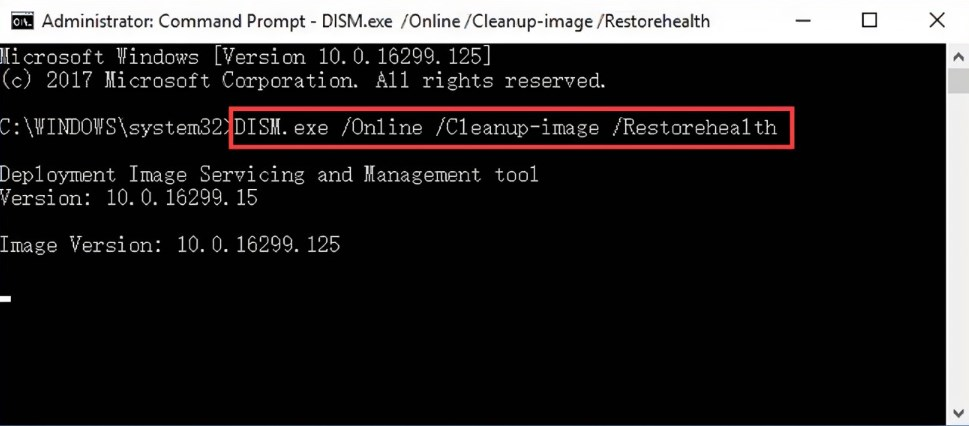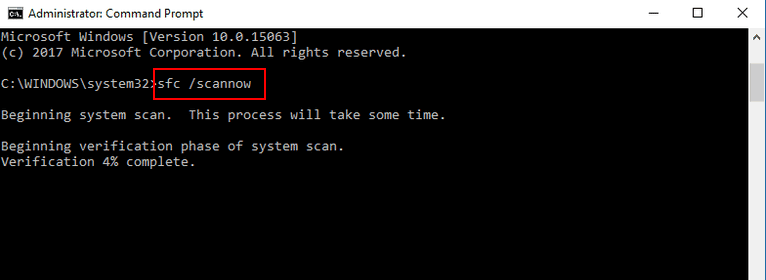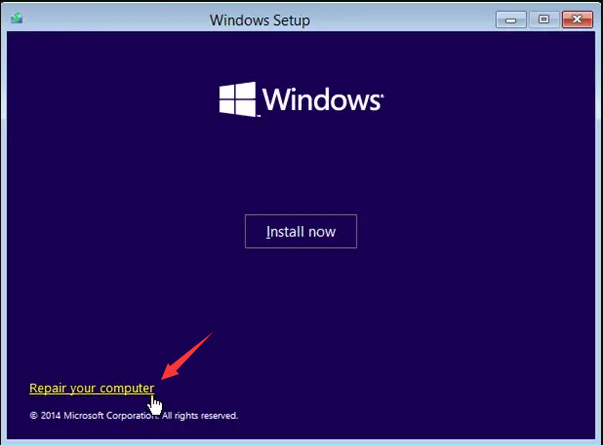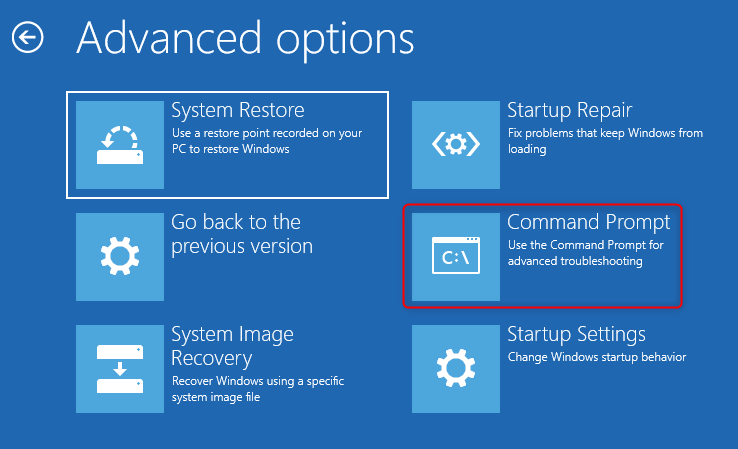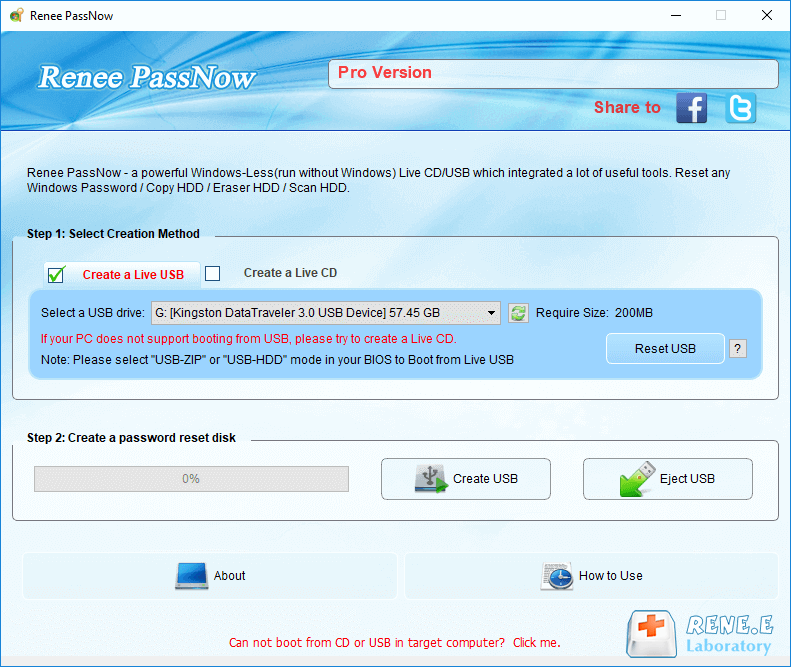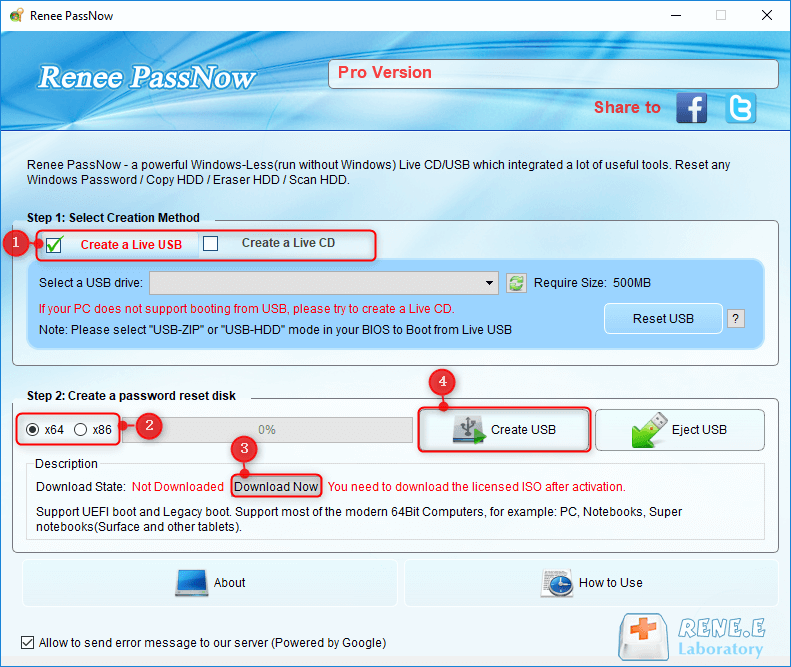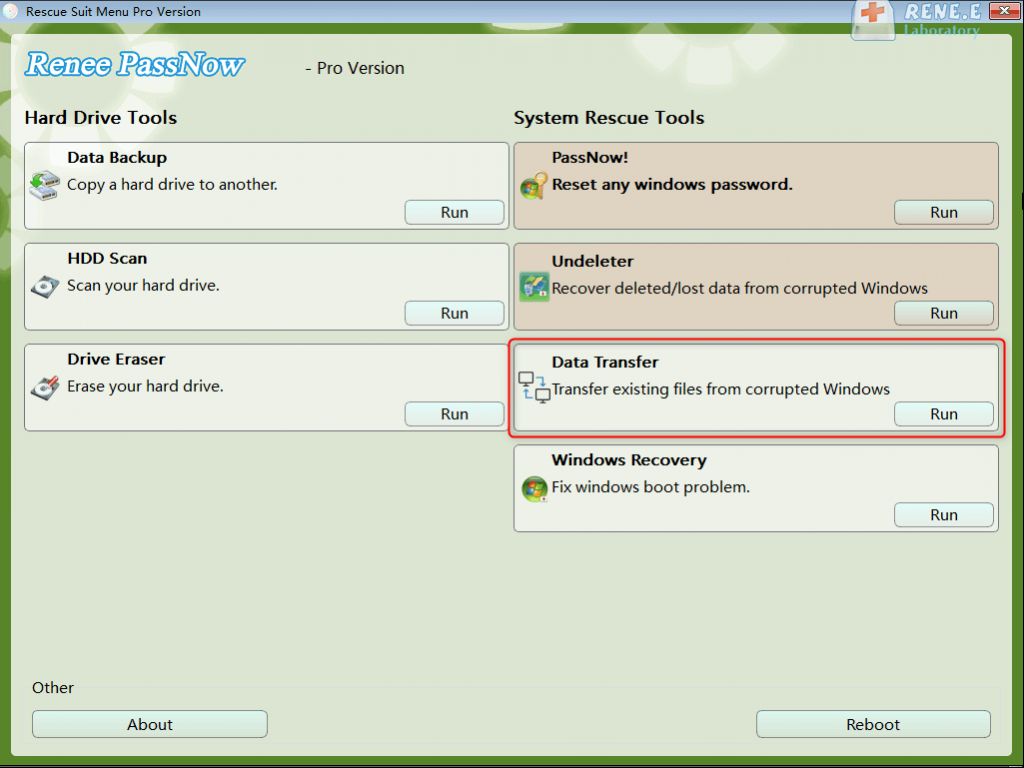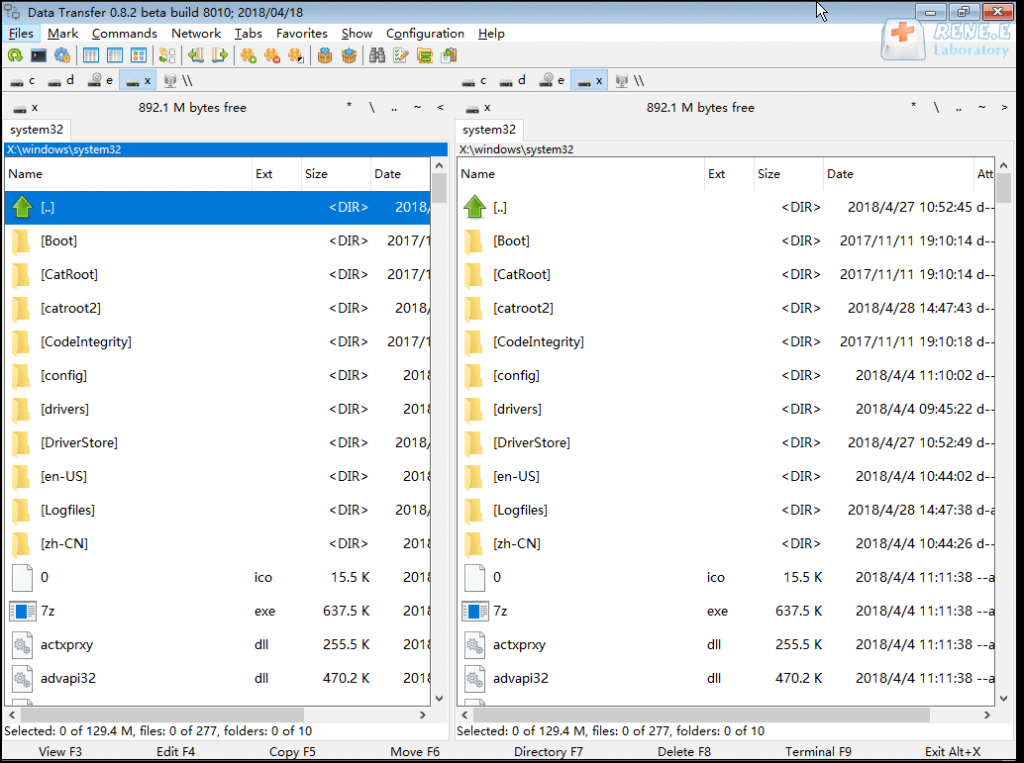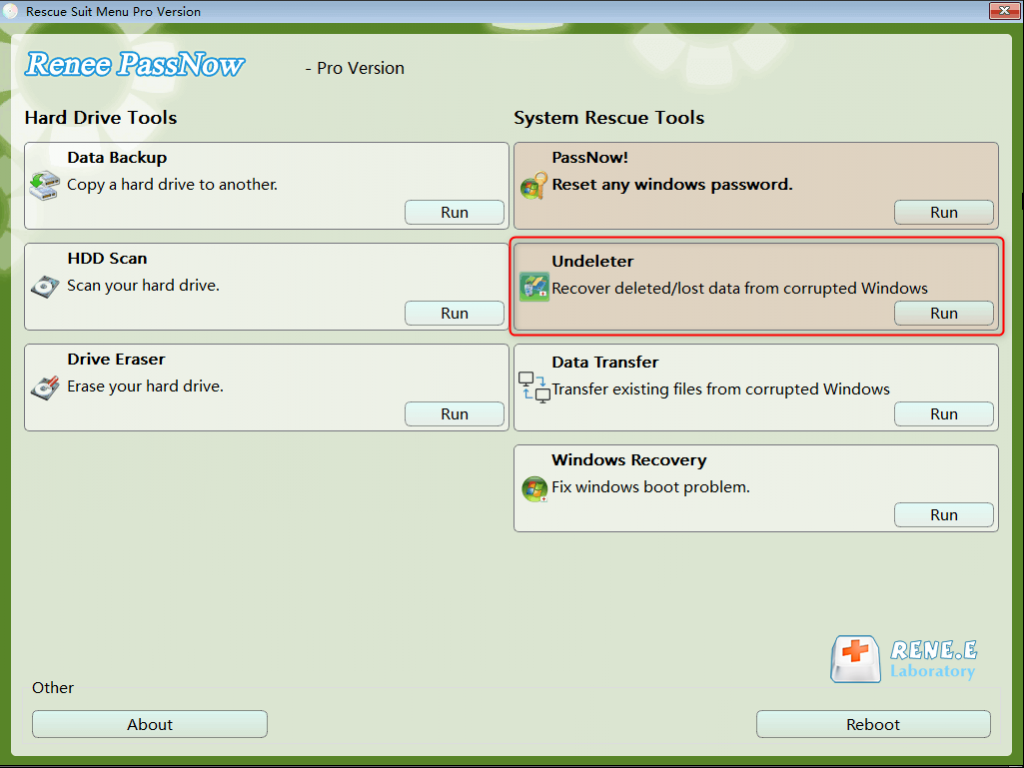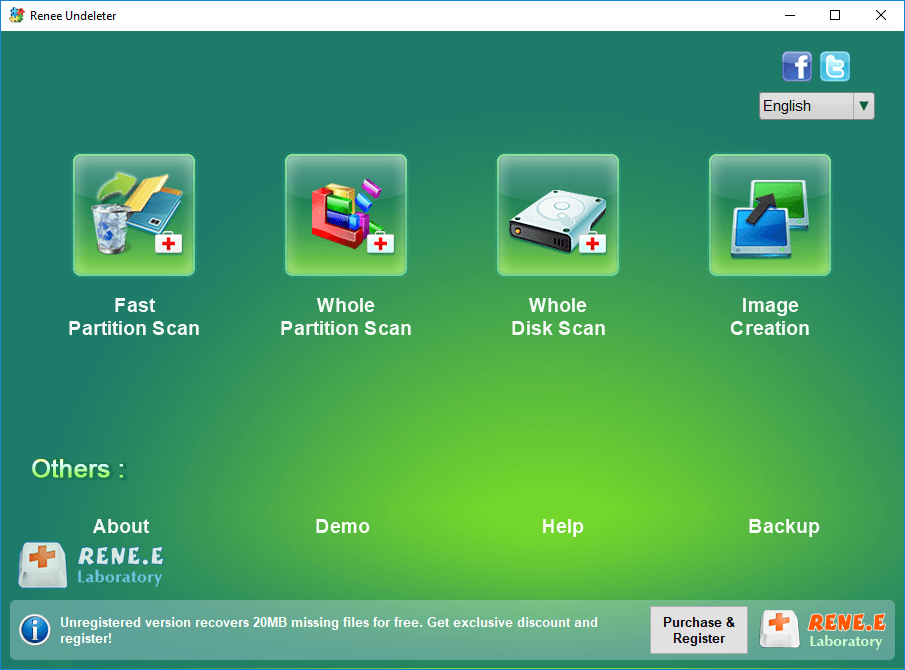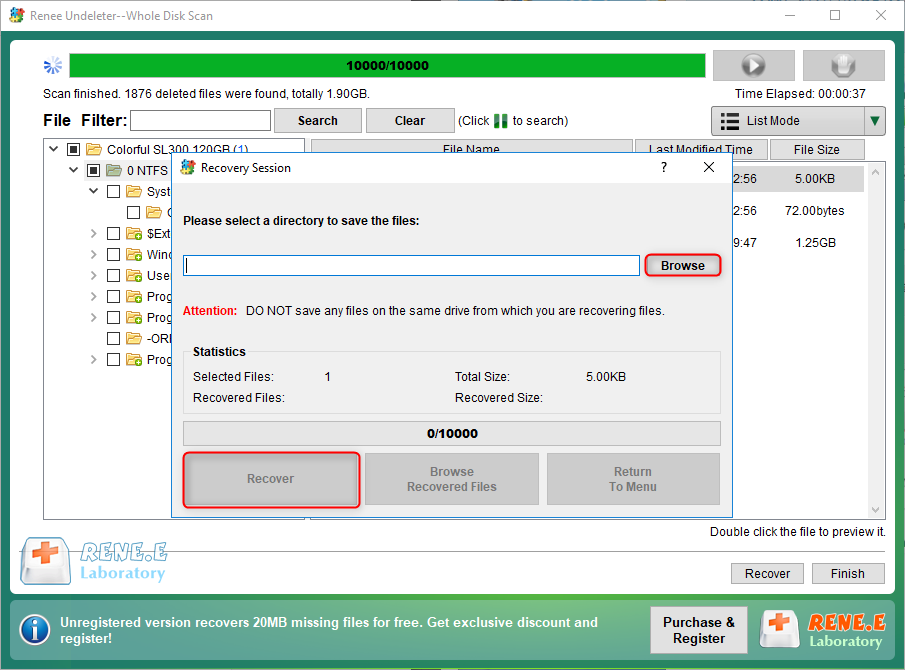What’s the definition and the function of SFC Command?
- Home
- Support
- Tips System Rescue
- What’s the definition and the function of SFC Command?
Summary
Learn how to use the SFC command to repair system failures in Windows. Also, transfer or recover important data without entering the Windows system to avoid file loss.
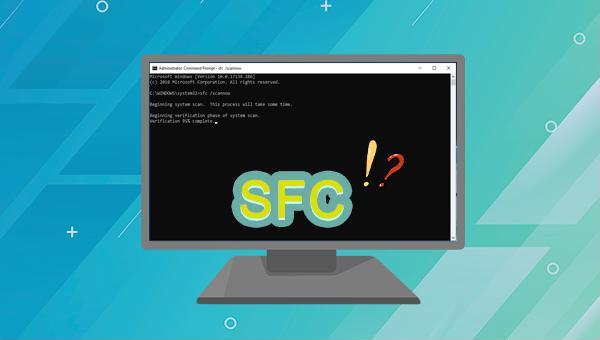
parameter | illustrate | How to enter in command prompt |
/scannow | Scans the integrity of all protected system files and repairs files containing problems where possible. | sfc /scannow |
/verifyonly | Scans the integrity of all protected system files without performing repairs. | sfc /verifyonly |
/scanfile <file> | Scans the specified file for integrity (full path and filename) and attempts to repair any problems detected. | sfc /scanfile=<file> Note: <file> needs to be replaced with the full path and file name, such as sfc /scanfile=c:\windows\system32\kernel32.dll |
/verifyfile <file> | Verify the integrity (full path and filename) of the specified file without performing repairs. | sfc /verifyfile=<file> Example: sfc /verifyfile=c:\windows\system32\kernel32.dll |
/offwindir <offline windows directory> | Specifies the location of the offline Windows directory for offline repair. | sfc /offwindir=<offline windows directory> Example: sfc /scannow /offbootdir=D:\ /offwindir=D:\windows |
/offbootdir <offline boot directory> | Specifies the location of the offline boot directory for offline repair. | sfc /offbootdir=<offline boot directory> Example: sfc /scannow /offbootdir=D:\ /offwindir=D:\windows |
/? | Display help at the command prompt. | sfc /? |
Note that if you are using Windows 10, Windows 8.1 or Windows 8, before running the SFC command to repair missing or damaged system files, please run the (DISM.exe /Online /Cleanup-image /Restorehealth) command , and then run (sfc /scannow). If the prompt “Windows Resource Protection cannot perform the requested operation” appears after running (sfc /scannow), please click here for details.


Easy to use 3 steps to transfer the files.
Transfer the files Transfer the important files of the computer without system.
Preview the files Preview the files while transferring the data.
Multifuctional Data recovery, Windows password reset, bootable problem recovery can be run without system.
Highly compatible Windows 10/8.1/8/7/XP/Vista. Also supports UEFI boot mode.
Easy to use 3 steps to transfer the files.
Transfer the files Transfer the important files of the computer without system.
Preview the files Preview the files while transferring the data.
Free TrialFree TrialNow 2000 people have downloaded!Please select the (Create a Live USB) option under “Step 1: Select creation method” in the main interface.
Note: Before performing this operation, please make sure that the important files in the USB disk have been saved in other locations because the operation will delete all the data in the USB disk.
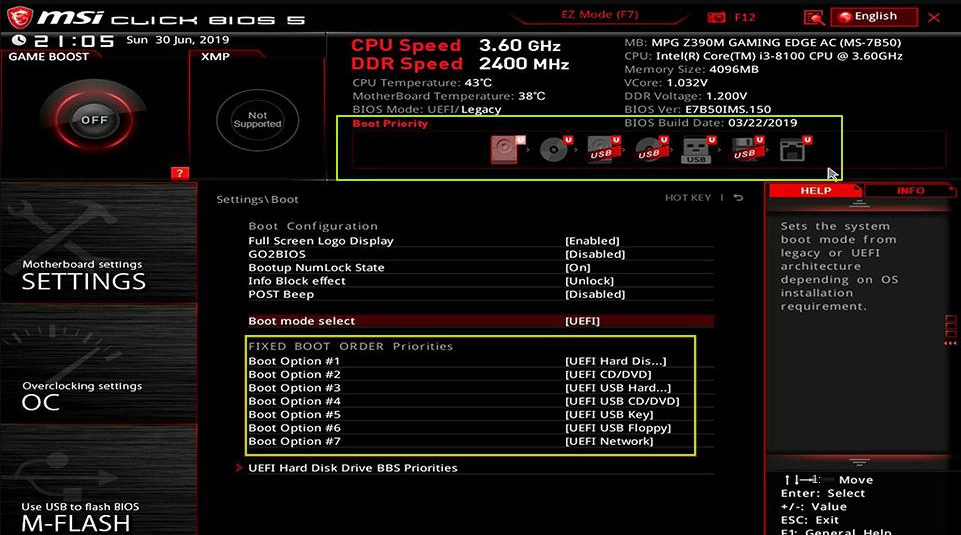
Relate Links :
How to boot from CD in Windows 10?
03-04-2024
Ashley S. Miller : Discover the straightforward process for booting directly from a CD in Windows 10, whether you're aiming to repair...
Easy Solutions for Fixing the error BOOTMGR is Compressed
01-03-2024
Jennifer Thatcher : Discover effective methods to resolve the "BOOTMGR is compressed" error on Windows PCs and retrieve inaccessible data without...
Fixing "Advapi32.dll Missing" Error on Windows System
09-12-2023
John Weaver : When you meet the error Advapi32.dll missing on your computer, you can fix it with the solutions presented...
Tips and Tricks for Solving KMODE_EXCEPTION_NOT_HANDLED on Blue Screen
03-04-2024
Amanda J. Brook : If you're facing the KMODE_EXCEPTION_NOT_HANDLED error on your Windows system, this guide offers a range of solutions to...




